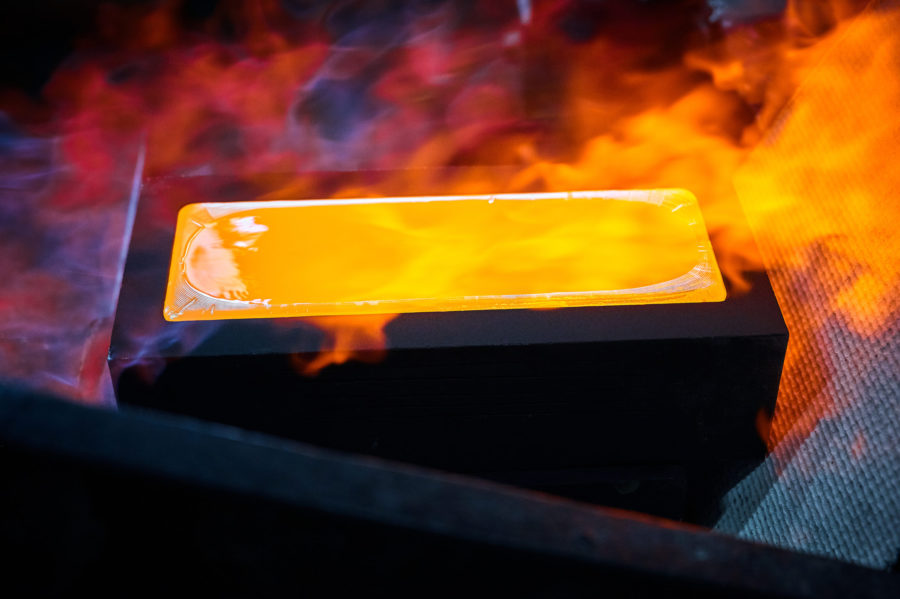Researchers find out what really drives Li-ion battery decay

Researchers at the US Department of Energy’s SLAC National Accelerator Laboratory, Purdue University, Virginia Tech, and the European Synchrotron Radiation Facility have discovered that the factors behind lithium-ion battery decay change over time.
In a paper published in the journal Science, the group explains that early on, decay seems to be driven by the properties of individual electrode particles, but after several dozen charging cycles, it’s how those particles are put together that matters more.
“The fundamental building blocks are these particles that make up the battery electrode, but when you zoom out, these particles interact with each other,” Yijin Liu, senior author of the paper, said in a media statement. Therefore, “if you want to build a better battery, you need to look at how to put the particles together.”
With that goal in mind, Liu and colleagues decided to not just look at individual particles but also at the ways they work together to prolong – or degrade – battery life.
“Battery particles are like people – we all start out going our own way,” Keije Zhao, co-senior author of the study said. “But eventually we encounter other people and we end up in groups, going in the same direction. To understand peak efficiency, we need to study both the individual behaviour of particles and how those particles behave in groups.”
Using X-rays to look deeper
To explore this idea further, the scientists used X-ray tomography to reconstruct three-dimensional pictures of the cathodes after they had gone through either 10 or 50 charging cycles. They cut up those 3D pictures into a series of 2D slices and used computer vision methods to identify particles.
They were then able to identify more than 2,000 individual particles, for which they calculated not only individual particle features such as size, shape and surface roughness but also more global traits, such as how often particles came into direct contact with each other and how varied the particles’ shapes were.
Next, they looked at how each of those properties contributed to particles’ breakdown, and a pattern emerged. After 10 charging cycles, the biggest factors were individual particles’ properties, including how spherical the particles were and the ratio of particle volume to surface area. After 50 cycles, however, pair and group attributes – such as how far apart two particles were, how varied their shapes were and whether more elongated, football-shaped particles were oriented similarly – drove particle breakdown.
“It’s no longer just the particle itself. It’s particle-particle interactions that matter,” Liu said.
In his view, this is important because it means manufacturers could develop techniques to control such properties. For example, they might be able to use magnetic or electric fields to align elongated particles with each other, which the new results suggest would result in longer battery life.
“This study really sheds light on how we can design and manufacture battery electrodes to obtain long cycle life for batteries,” co-author Feng Lin said. “We are excited to implement the understanding to next-generation, low-cost, fast-charging batteries.”
More News
Sandvik says no tariff hit on demand so far, after profit miss
Swedish mining equipment maker missed quarterly earnings estimates on Wednesday.
April 16, 2025 | 08:54 am
Gold price surpasses $3,300 to new record as tariff war ramps up
April 16, 2025 | 08:07 am
{{ commodity.name }}
{{ post.title }}
{{ post.date }}




Comments
David Radzieta
Looks like they are stuudying cathode microfracturing in the Tesla Panasonic NCA80 batteries that are notorious for rapid battery degradation when charged over 80 or 90%